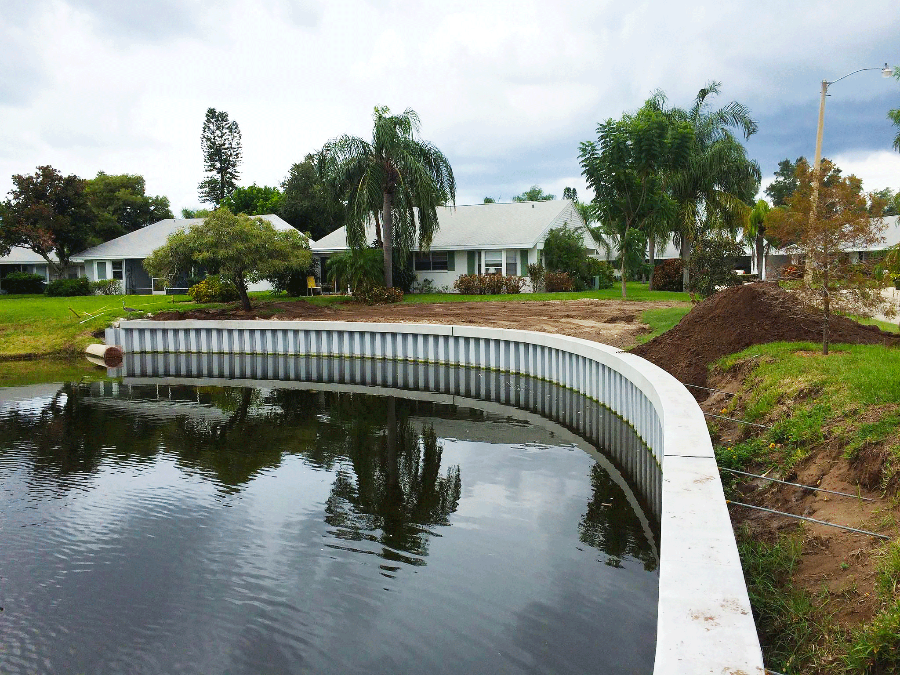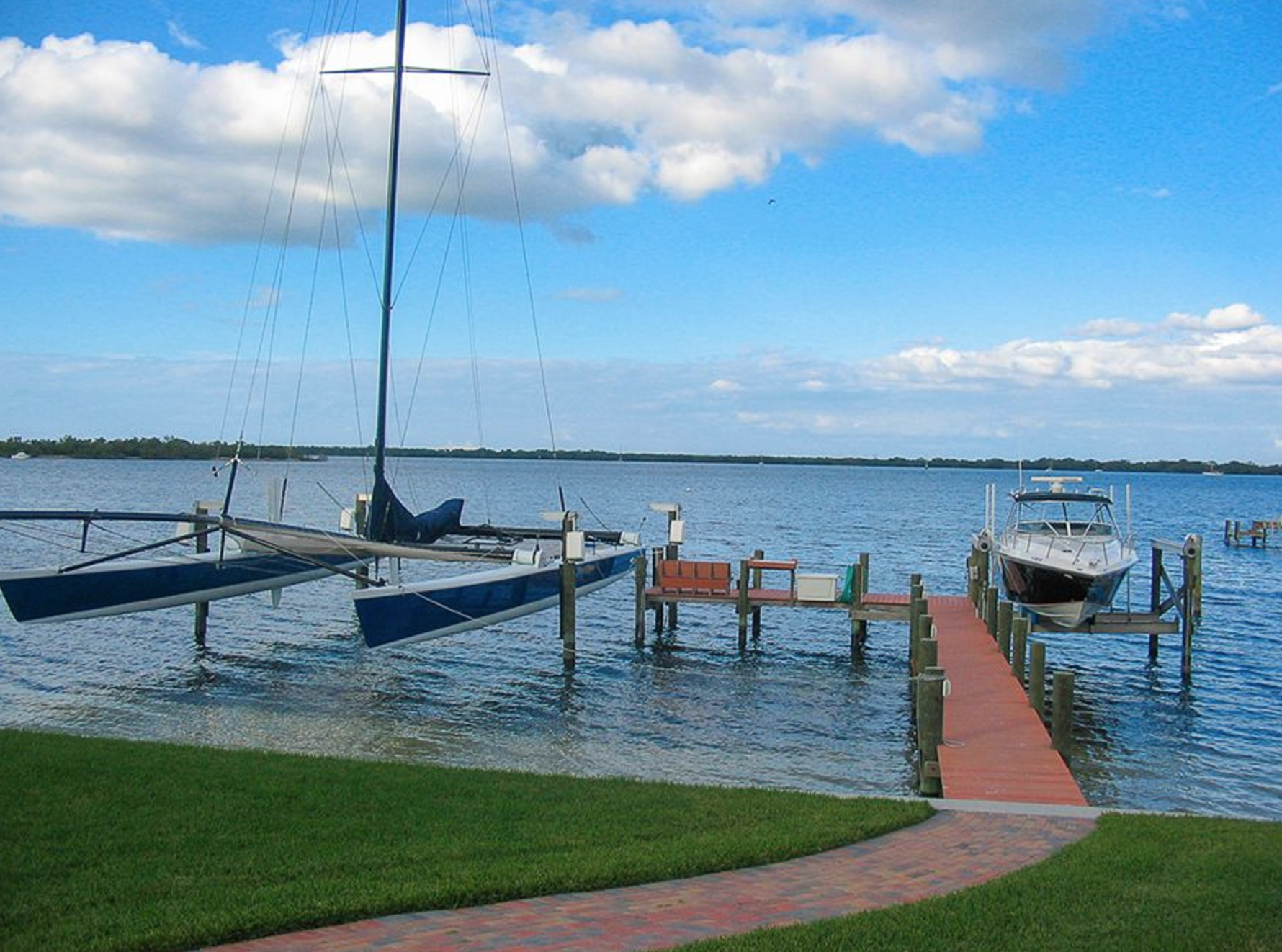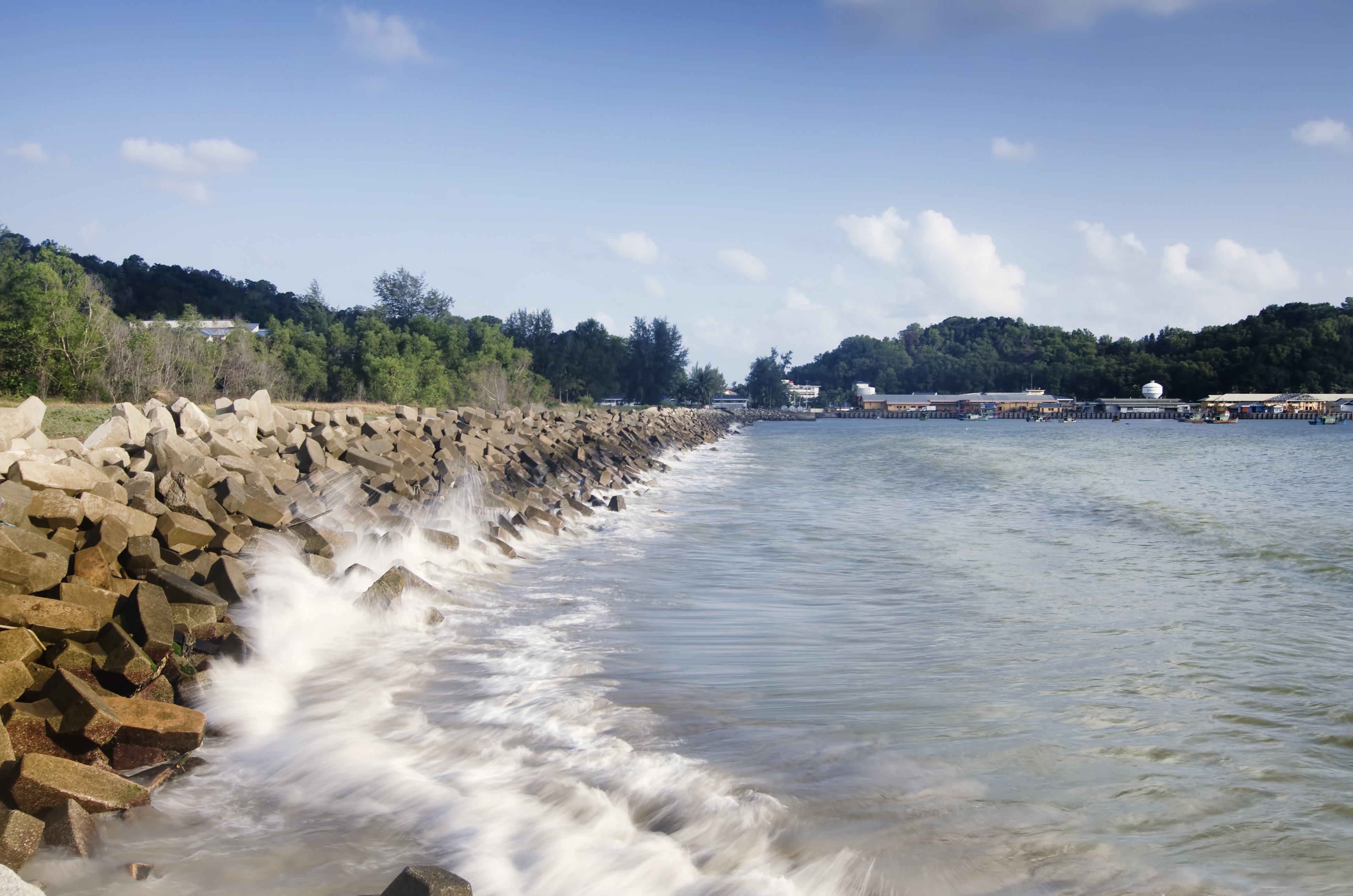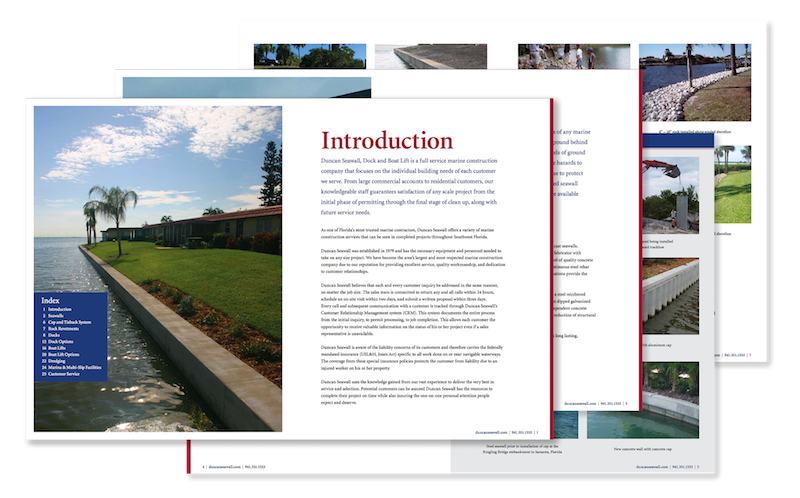If you own a waterfront property, you already know that your seawall is a valuable investment that protects your home and property from the eroding effects of the water. With seas set to rise significantly by 2030, now is the time to ensure that your property is guarded against any potential damage.
The question that often arises is this: when your seawall stands in need of some work, is it more cost-effective for you to repair your current seawall or simply replace it? The answer to that question, of course, will depend on several factors.
The most important factor to determine is how your current seawall is failing.
Related Blog: The Advantages and Disadvantages of Seawalls
4 Most Common Types of Seawall Failures
To understand the most common types of seawall failures, it's good to first have a working knowledge of how seawalls are constructed.
In most cases, to reduce erosion along waterfront land, seawall construction consists of concrete, steel, PVC, or composite panels that are vertically placed to separate water from adjacent land. The three distinct parts of a seawall include interlocking panels, a seawall cap that ties the panels together, and tie rods that anchor the seawall, ensuring that it remains erect, and does not fall into the water.
Unfortunately, over time, there are a few things that generally go wrong.
1. Waterline Failure
Horizontal cracks may develop in the panels along the waterline, due to aging concrete, rod corrosion, or hydrostatic pressure. Eventually, these cracks lead to the panels breaking along the lines created.
2. Toe and Berm Failure
Fast currents and wave movements may cause a loss of berm at the bottom of the panels in the water.
This deficiency results in:
- Cracked or tilted panels
- Rotated or broken caps
- Gaps between the seawall and support pilings
3. Joint Separation
Joint separation results in panels moving vertically apart, allowing soil to pass through the openings. The causes of joint separation include structural faults, age, settling, and inadequate anchoring.
4. Cap Breakdown
Cracking or breaking away of the cap can be caused by corrosion or panel movement. The breakdown impacts the cap's ability to keep the panels aligned, and generally results in panels that sag, or are crooked.
Seawall Replacement vs. Seawall Repair
If you notice any of these issues with your current seawall, you'll need to address them sooner rather than later. But should you repair your seawall or outright replace it?
When to Repair Your Seawall
Though seawall failings such as the ones listed above are serious matters, in many cases, they can be repaired before they lead to a major crisis.
That's why waterfront property owners should be vigilant in checking their seawalls.
Look for
- Cracks
- Voids
- Sinkholes
If seawalls have severe waterline cracks, the panels should be replaced before they completely break. Caps can often be repaired by patching, performed during routine seawall maintenance checks.
When to Replace Your Seawall
Properly designed, well-constructed seawalls have a life expectancy of 30–50 years, but only if they are well-maintained. If you've let routine maintenance go too long, and the problems have escalated beyond repair, then the time has come to replace your seawall. However, this should be considered a worst-case scenario since repairs are almost always more cost-effective than outright replacement.
The costs of building a new seawall varies and depends on several factors, including the quantity of materials needed, the type and strength of materials required, soil conditions, accessibility, environment, project difficulty, and timeline.
If you're looking to have your current seawall repaired or replaced, Duncan Seawall is here to help. Please feel free to contact us today. We look forward to hearing from you!









